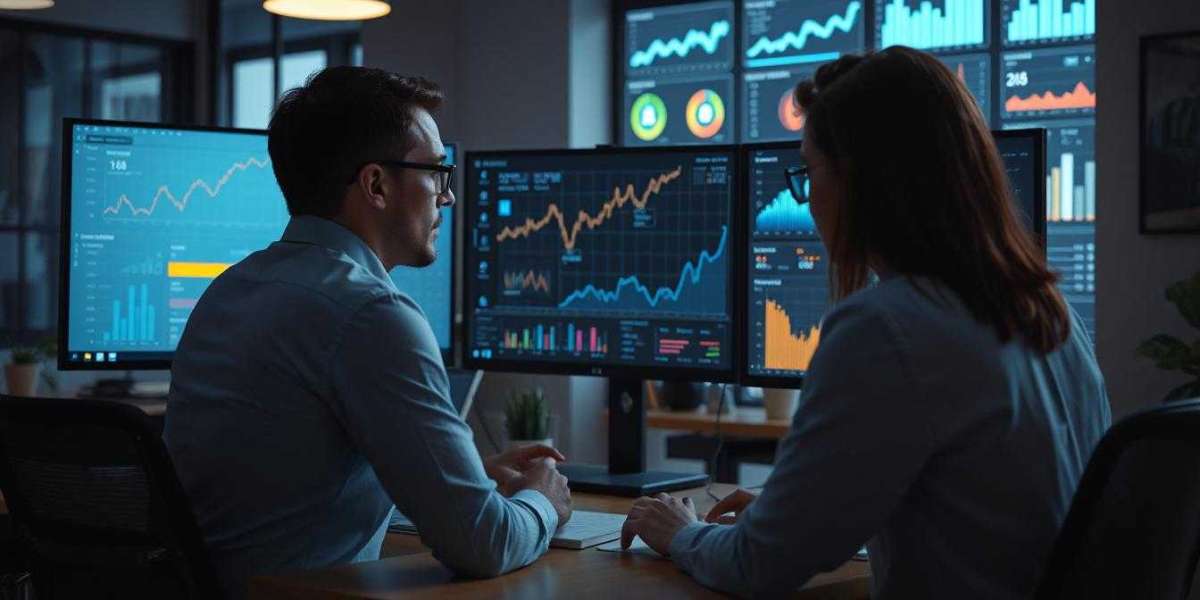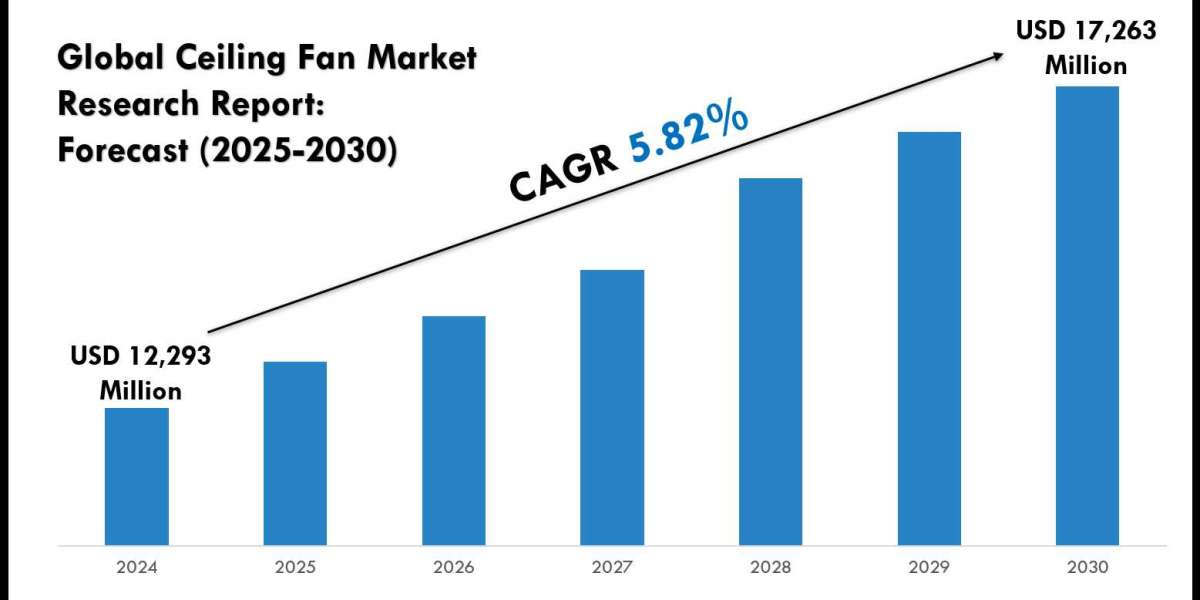In the fast-paced world of digital advertising, media buying services have undergone a significant transformation. What was once a highly manual, time-consuming, and often guess-driven process has now evolved into a data-driven, automated, and highly efficient function—thanks to the rapid advancements in Artificial Intelligence (AI) and automation technologies.
This article explores in detail how AI and automation are revolutionizing media buying services, their impact on advertisers, and what the future holds for this ever-evolving industry.
Table of Contents
Introduction to Media Buying Services
Traditional Media Buying: Challenges and Limitations
The Role of AI in Modern Media Buying
Automation in Media Buying Services
Benefits of AI-Driven Media Buying
Key Technologies Powering the Shift
Case Studies: Real-World Applications
Challenges in Implementing AI and Automation
Future Trends in Media Buying Services
Conclusion
FAQs
1. Introduction to Media Buying Services
Media buying services involve purchasing ad space across various platforms—TV, radio, digital, print, and more—to reach the right audience at the right time and cost. Traditionally, this process required negotiations, human intuition, and substantial experience to get optimal placements and returns on investment (ROI).
With the rise of digital platforms and the explosion of data, manual media buying became inefficient. Enter AI and automation—bringing unprecedented efficiency and precision.
2. Traditional Media Buying: Challenges and Limitations
Before AI and automation took over, media buying faced several hurdles:
a. Manual Processes
Marketers had to manually select channels, negotiate deals, and track campaign performance.
b. Human Bias
Buying decisions were often based on instinct, past experiences, or limited data—leaving room for bias and inaccuracy.
c. Time Consumption
The process took weeks, if not months, to finalize and launch.
d. Lack of Real-Time Optimization
Campaigns were difficult to adjust once launched, leading to wasted ad spend if they underperformed.
e. Limited Data Utilization
Marketers could only analyze a fraction of available data, missing deeper audience insights.
These inefficiencies highlighted the urgent need for innovation in Media Buying Services, paving the way for AI and automation.
3. The Role of AI in Modern Media Buying
AI (Artificial Intelligence) mimics human intelligence using machine learning, big data analytics, and natural language processing to make smart decisions. Here’s how AI is reshaping media buying:
a. Predictive Analytics
AI uses historical data to predict which platforms and times will yield the best results.
b. Smart Audience Targeting
Machine learning models segment audiences with extreme precision, ensuring ads reach the right people.
c. Budget Optimization
AI allocates ad budgets in real-time to the most effective channels, minimizing waste.
d. Creative Performance Analysis
AI assesses which creative elements (images, headlines, CTAs) perform best across different demographics.
e. Fraud Detection
AI detects and prevents ad fraud—like bot traffic or fake impressions—saving companies millions.
These applications drastically improve the effectiveness and ROI of media buying services.
4. Automation in Media Buying Services
Automation eliminates manual tasks and speeds up execution. It works hand-in-hand with AI to streamline media buying operations.
a. Programmatic Advertising
This is the automated process of buying and selling digital ads in real time through bidding systems. It eliminates human negotiation and replaces it with machine-driven decision-making.
b. Automated Reporting
Software can instantly generate reports, offering real-time insights and campaign performance metrics.
c. Campaign Optimization
Based on performance data, automated systems can pause, adjust, or scale campaigns without human intervention.
d. Cross-Platform Integration
Automation tools connect multiple ad platforms (Google Ads, Facebook, LinkedIn, etc.) for unified media planning and execution.
Through automation, media buying services become faster, more accurate, and infinitely scalable.
5. Benefits of AI-Driven Media Buying
The integration of AI and automation into media buying services delivers several powerful benefits:
Enhanced Accuracy: AI ensures precise targeting based on behavior, demographics, and location.
Improved ROI: Budget allocation is data-driven, ensuring higher returns.
Real-Time Adjustments: Campaigns can evolve dynamically without waiting for human inputs.
Scalability: Multiple campaigns can run across different platforms with minimal oversight.
Transparency: AI tools provide insights into every aspect of the media buying funnel.
These benefits are reshaping expectations around advertising performance.
6. Key Technologies Powering the Shift
AI and automation in media buying are backed by a range of technologies:
a. Machine Learning (ML)
ML enables systems to learn from past performance data and improve decision-making over time.
b. Natural Language Processing (NLP)
NLP helps AI understand user sentiment and context, improving ad relevance.
c. Data Management Platforms (DMPs)
DMPs collect and organize data from various sources, helping identify valuable audience segments.
d. Demand-Side Platforms (DSPs)
DSPs use AI to automatically buy digital ads based on defined targeting parameters.
e. Customer Data Platforms (CDPs)
CDPs offer a unified view of customer data, enabling better personalization.
These tools form the technological backbone of next-generation media buying services.
7. Case Studies: Real-World Applications
a. Amazon
Amazon uses AI-powered ad platforms to recommend products and run retargeting ads, increasing their conversion rates.
b. The New York Times
The publication uses machine learning to optimize media buying for its subscription-based services.
c. Coca-Cola
The brand relies on automation to run campaigns in 200+ countries simultaneously, with localized messaging.
d. Netflix
Netflix uses AI for audience segmentation and content promotion through personalized ad placements.
Each of these companies highlights the transformative potential of AI and automation in media buying services.
8. Challenges in Implementing AI and Automation
Despite its benefits, AI-powered media buying isn’t without hurdles:
High Initial Investment: Setting up AI systems and automation tools can be expensive.
Data Privacy Concerns: Misuse of user data may lead to legal consequences.
Skill Gaps: Many marketers lack the technical knowledge to fully utilize AI tools.
Platform Limitations: Not all platforms offer advanced automation features.
Over-Reliance on Technology: Blindly trusting AI without human oversight can be risky.
Understanding these challenges is crucial for brands considering integrating AI into their media buying services.
9. Future Trends in Media Buying Services
The media buying landscape is poised for even greater disruption. Key trends to watch include:
a. AI-Powered Creative Optimization
Future tools will generate, test, and refine creatives using AI.
b. Hyper-Personalization
AI will deliver ads tailored down to an individual’s preferences, behaviors, and emotions.
c. Voice and Visual Search
Media buying strategies will evolve to include ads based on voice and image-based queries.
d. Blockchain Integration
Ensures ad transparency and prevents fraud in real-time transactions.
e. Zero-Party Data Strategy
Brands will gather data users willingly provide, helping AI target better while respecting privacy.
The media buying services of tomorrow will be smarter, faster, and more human-centric—thanks to these innovations.
10. Conclusion
AI and automation are not just enhancing media buying—they are redefining it. What once required vast human effort and intuition now runs on real-time data, predictive algorithms, and intelligent automation.
As brands like Adomantra embrace these technologies, they unlock higher efficiency, deeper insights, and better ROI. Those who adapt to this AI-driven ecosystem will lead the future of advertising.
So, whether you're an agency, a marketer, or a business owner, it’s time to rethink how you approach media buying services—because the future is already here.
11. Frequently Asked Questions (FAQs)
Q1. What are media buying services?
Media buying services refer to the process of purchasing ad placements across platforms like TV, radio, and digital media to reach targeted audiences effectively.
Q2. How is AI used in media buying?
AI analyzes audience behavior, predicts outcomes, optimizes campaigns, and ensures cost-effective ad placements in real time.
Q3. What is programmatic media buying?
Programmatic media buying uses automation and real-time bidding to buy digital ad inventory with minimal human involvement.
Q4. How does automation help media buying?
Automation speeds up ad purchasing, optimizes performance, and ensures seamless execution across multiple platforms.
Q5. Are AI media buying tools expensive?
While setup can be costly, the long-term ROI and efficiency often outweigh initial investment.
Q6. What are the key benefits of AI in media buying?
Benefits include improved targeting, higher ROI, real-time optimization, fraud detection, and reduced manual workload.
Q7. Can small businesses use AI for media buying?
Yes, many affordable tools are now available that cater to small and mid-sized businesses.
Q8. How does AI improve audience targeting?
AI segments audiences based on behavior, preferences, and demographics, improving accuracy.
Q9. What is a DSP in media buying?
A Demand-Side Platform (DSP) is software that automates the buying of digital ad placements.
Q10. Can media buying work without human involvement?
While AI can automate most tasks, human oversight is still needed for strategy, creativity, and compliance.
Q11. What are the risks of relying on AI in media buying?
Risks include data misuse, technical glitches, and lack of transparency in algorithmic decisions.
Q12. What skills are needed to use AI in media buying?
Basic understanding of analytics, media platforms, and AI tools is essential.
Q13. How do I choose the right media buying platform?
Look for features like AI integration, real-time bidding, cross-platform support, and data privacy.
Q14. Will AI replace media buyers?
AI will augment, not replace, media buyers—freeing them from repetitive tasks and enabling strategic focus.
Q15. What’s the future of media buying services?
The future involves full automation, personalized ads, AI-driven creatives, and improved data transparency.














